Name: Gloria Fuentes
Which came first in your life, the science or the art?
I have always been interested in drawing. Until recently, my mum kept a sketch that I made when I was four. It depicts all members in my family engaged in their everyday activities, at a decent level of detail: daddy studying at the kitchen table, sister sleeping in the cot, and mum coming from work with her once-a-time curly hair.
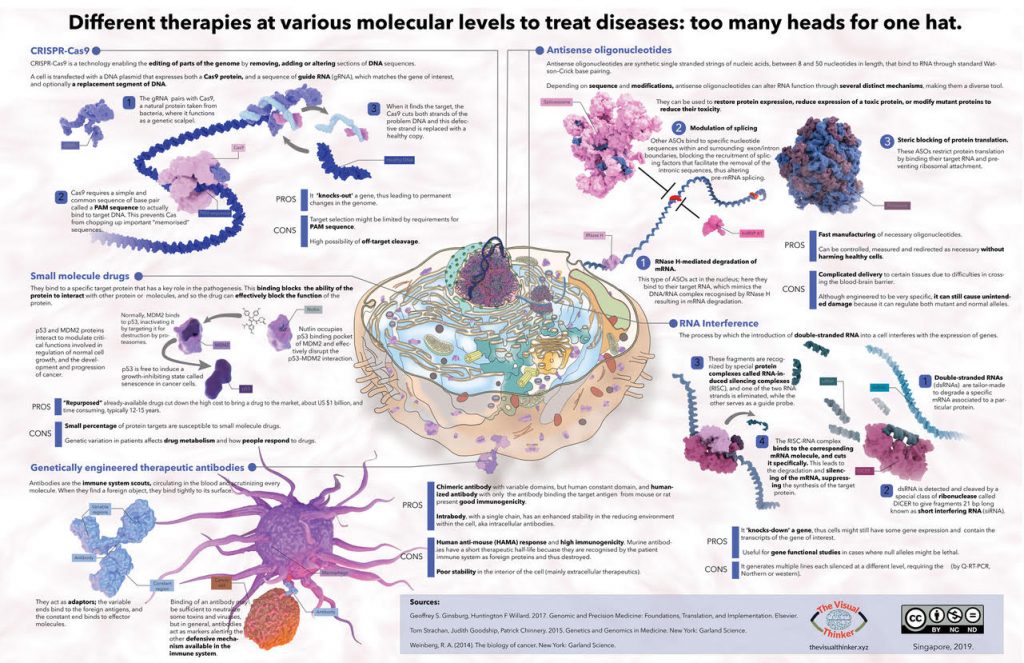
In my parents’ house, we were quite creative. So, I kept painting in pastels, oils, pencils, and charcoal. Watercolour is on my bucket list, but now having a boy around me, I think it is going to wait for a bit.
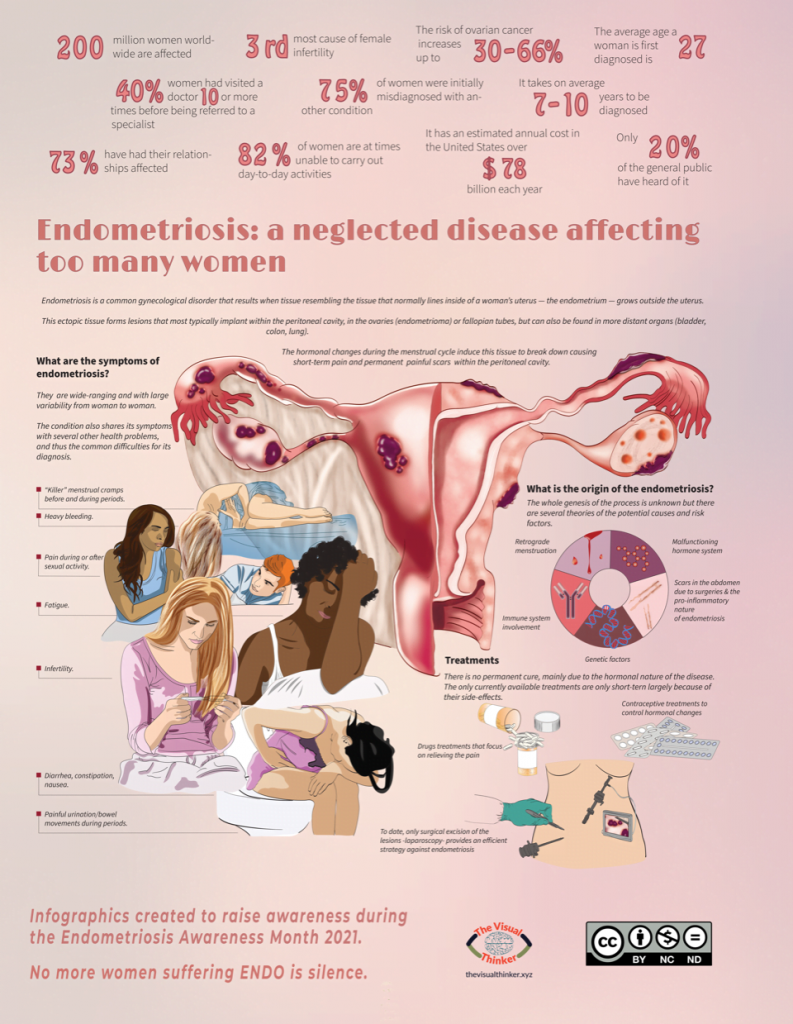
Then, science found me, and the attraction was brutal. I love it. I was born a scientist and will die being one. I was not sure what discipline to go for because I liked them all. Finally, I could study chemistry with a strong emphasis on biophysics. My research path has taken me through different fields, both experimentally and computationally, but always with a strong emphasis on biomedical topics.
Which sciences relate to your art practice?
Because of my background, I gravitate towards biomedicine. But my real passion is for proteins. I think they are the prettiest creatures in the microcosmos. I have studied them so much during my scientific life, and I feel very comfortable and inspired by them. They are going to be my muses forever.
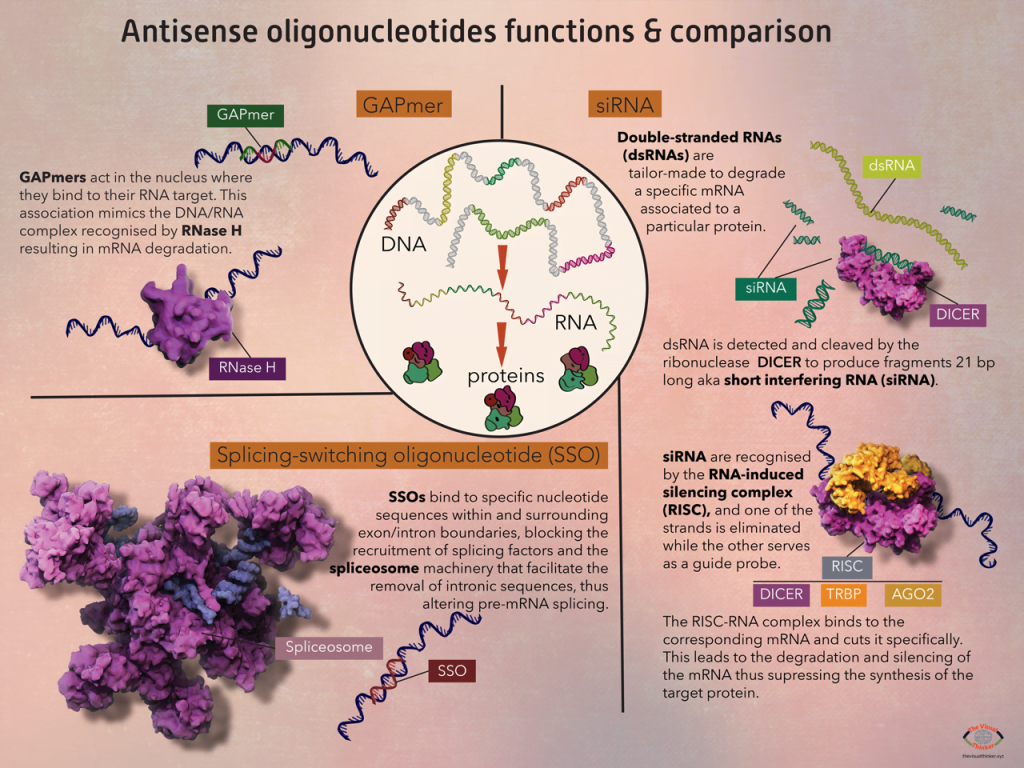
Traditional proteins have been portrayed as static entities, mainly due to the textbook format that has been dominating the learning experience. But for me, they are like ballerinas and contortionists. Now, with the new technologies, they are going to shine more than ever. I am thrilled to be involved in this new way of looking at them.
What materials do you use to create your artworks?
I am working only digitally at the moment, though my dream is to combine a few traditional drawing textures and backgrounds in my pieces.
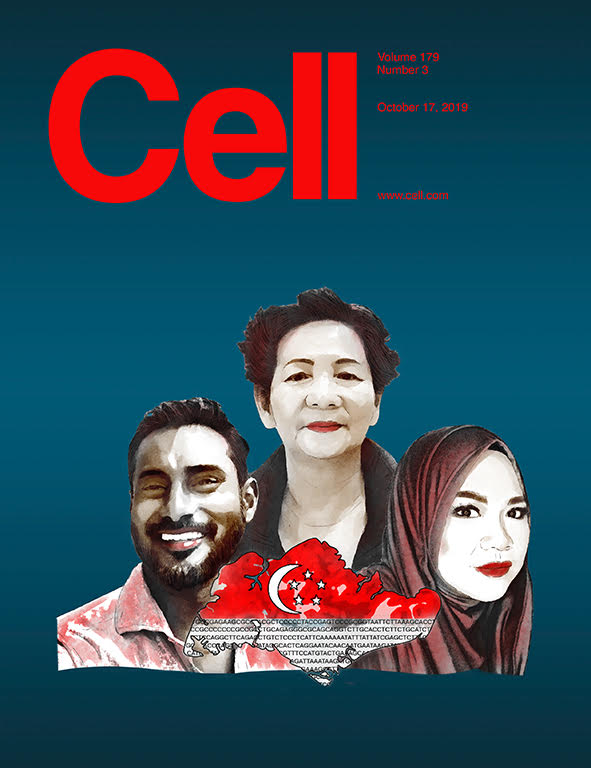
I normally use Adobe Illustrator and Photoshop and Procreate for my 2D work and ZBrush and Autodesk Maya for 3D work. There are far too many options, and I am not sure if I will change the workflow that I am using now. My main interest is in delivering scientific content rather than technicalities, so I am half-satisfied with my current technical skills.
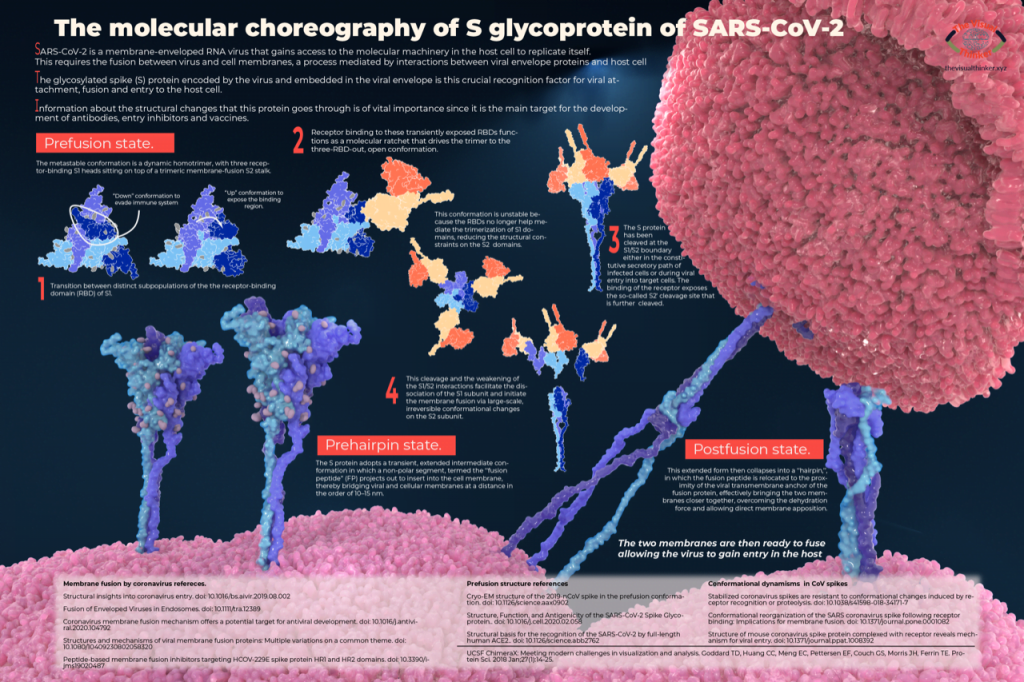
Artwork/Exhibition you are most proud of:
My moment of “yes-I-can-do-this” came when they accepted our cover for the journal Cell. I always said that I would not create covers since I did not trust my artistic skills yet. Coming after many years in the research arena, I still have a biased way of thinking and working that is too influenced by the scientific approach. That project convinced me that if you want something, just go for it. No one will stop you, so do not be your own limiting factor.
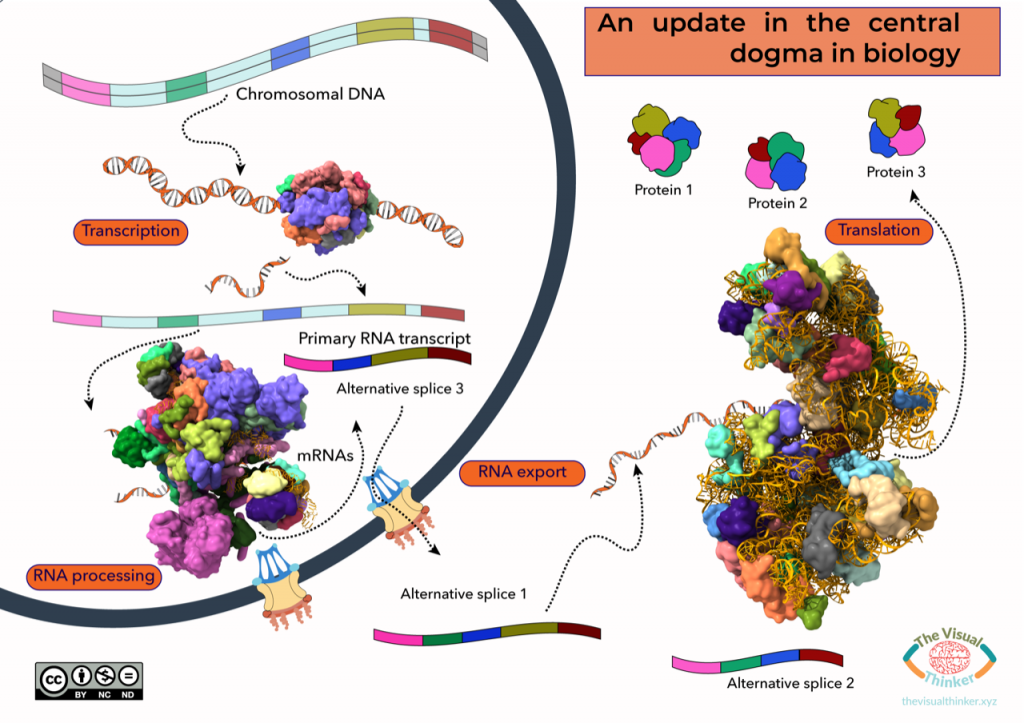
Which scientists and/or artists inspire and/or have influenced you?
Without any doubt, David Goodsell. Before him, Warren DeLano, an advocate for open-source software in sciences and the creator of PyMOL, inspired me and showed me how proteins can be depicted in a pretty way.
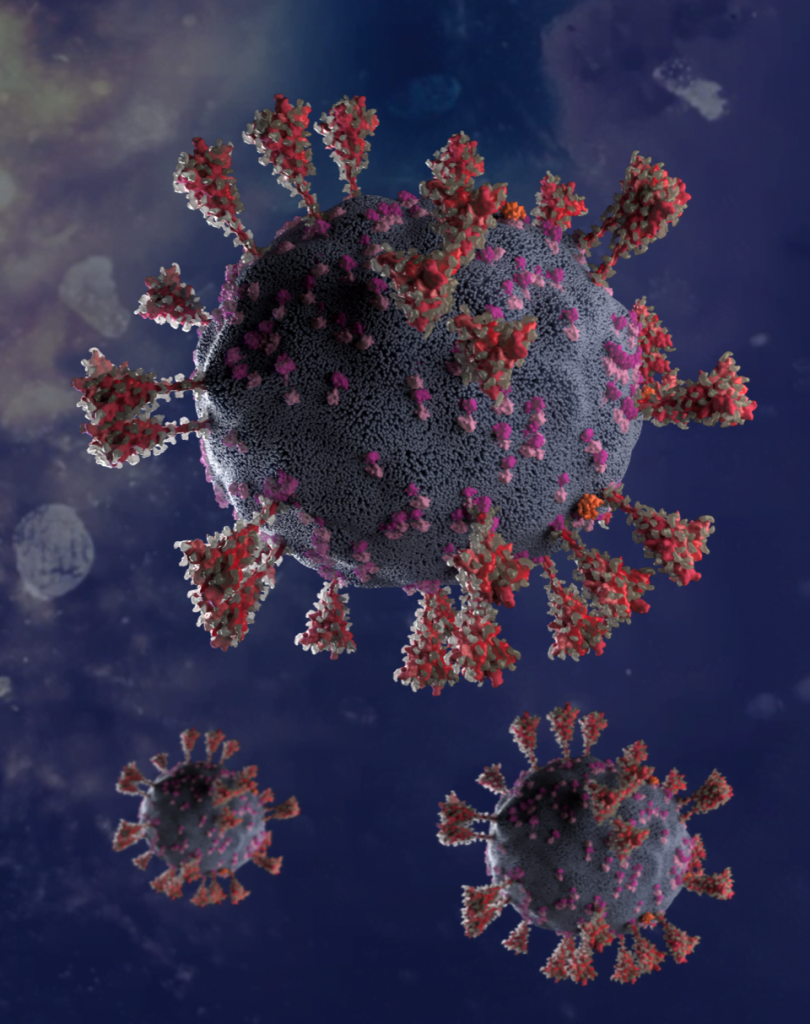
On a bit less nerdy arena, I am a great fan of photography. The list is unending, and it will include Steve McCurry, Rarindra Prakarsa, Andika Oky Arisandi. How these masters treat the light and shadows is mind-blowing.
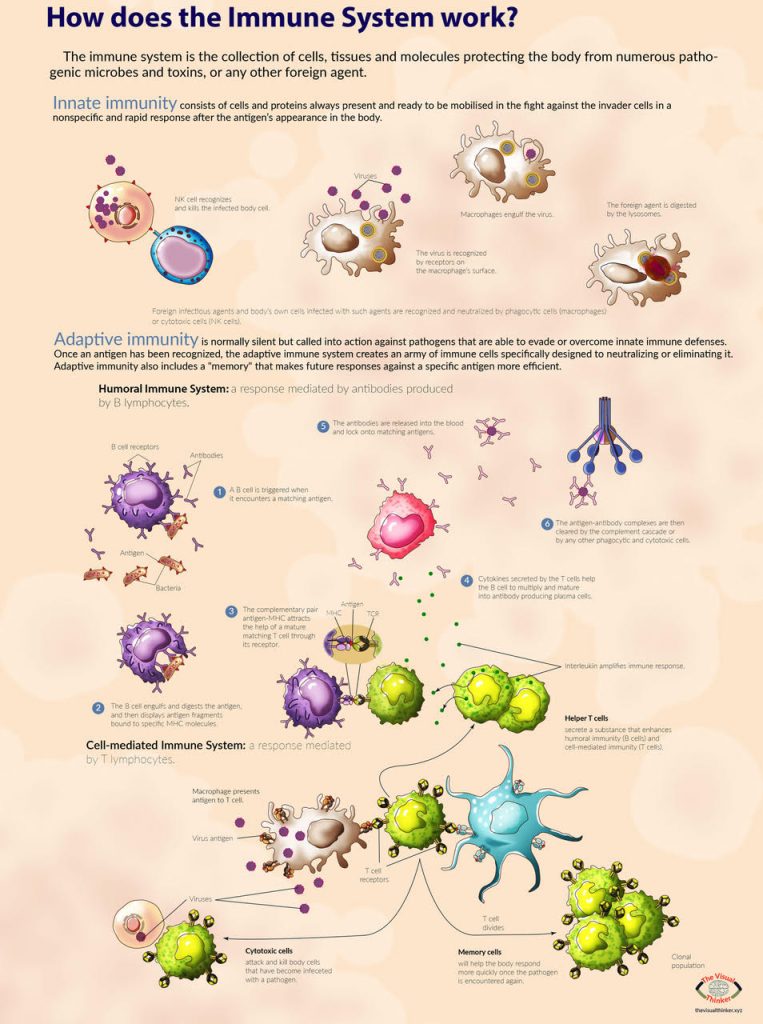
SciArt is an emerging term related to combining art and science. How would you define it?
For me, SciArt is the perfect symbiotic phenomenon between two disciplines that have been apart for too long. Art is the perfect vehicle to bridge the gap between researchers and society. As scientists, I believe we should explain our “cool” projects to the lay audience. Art makes this social compromise a real delight. I am thrilled to be one of the privileged scientists to work in this fascinating world.

For more by Gloria Fuentes, visit her website, Twitter.
*
Featured image: Detail of Women in Science: A personal project that I started in 2019 and I continue with every 11F by Gloria Fuentes
All images courtesy of the artist.
Share this Post

